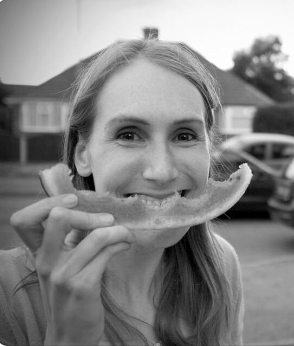Forming Ions
Formation of Ions
- An ion is an electrically charged atom or group of atoms formed by the loss or gain of electrons
- This loss or gain of electrons takes place to obtain a full outer shell of electrons
- The electronic structure of ions of elements in groups 1, 2, 3, 5, 6 and 7 will be the same as that of a noble gas - such as helium, neon, and argon
- Negative ions are called anions and form when atoms gain electrons, meaning they have more electrons than protons
- Positive ions are called cations and form when atoms lose electrons, meaning they have fewer electrons than protons
- All metals lose electrons to other atoms to become positively charged ions
- All non-metals gain electrons from other atoms to become negatively charged ions

Diagram showing the formation of the sodium ion

Diagram showing the formation of the chloride ion
Examiner Tip
The number of electrons that an atom gains or loses is the same as the charge.
For example, if a magnesium atom loses 2 electrons, then the charge will be 2+, if a bromine atom gains 1 electron then the charge will be 1-.





